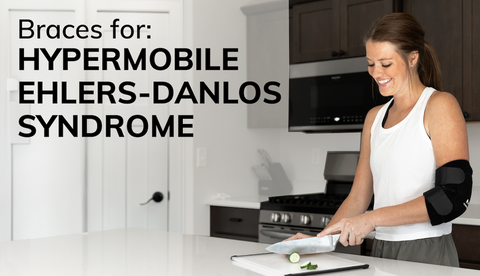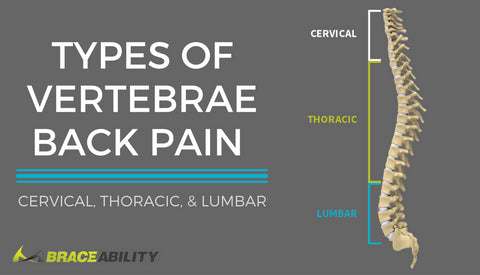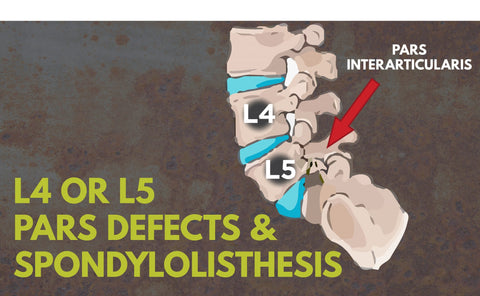5 Things You Didn’t Realize You Needed Good Posture For
Everyone is aware of their posture when they are sitting at their desk all day, but there may be a few instances when you didn’t realize having good posture would come into play. Posture is not only important when you are sitting for long periods of time, but also when you are doing other activities such as dancing, producing music, exercising, or even eating! Read on to see what these activities are and how you can improve your posture while doing them.

Dancing
When you think of a dancer you think of the way they carry themselves with grace and perfect posture. That is because poor posture while dancing leads to lack of balance which can then cause serious injuries, such as broken bones or strained muscles. Plus, having good posture can also boost your self-esteem and confidence when dancing. To develop this strong posture a dancer has to focus on proper breathing, their balance, and core stability.
Playing an Instrument
Having proper posture is important while playing any instrument whether it be the piano, violin, guitar, trumpet, or saxophone. Proper posture allows you to play for longer periods of time without being uncomfortable. By practicing with relaxed muscles instead of tense and strained muscles you are protecting your body from further injury. Holding your instrument correctly and sitting up straight can help you produce a better sound because you will be able to take a bigger breath and play longer phrases. When playing an instrument, you need to make sure your shoulders are relaxed, your feet are flat on the ground, and your head is up straight.
Singing
Proper singing posture not only improves your breathing but it also enhances it by resulting in a better sounding voice. When slouching your stomach can’t expand as far as it could if you were sitting up straight. A singer may be able to produce a decent sound, but it will never be as powerful as it would be if the body was aligned properly. Plus, you look better if you have good posture, so sit or stand up straight so you can hit that ending note and not run out of breath!
Eating
Posture has an effect on not only our spine and shoulders but all of our organs. When you sit hunched over while eating it tends to slow down your digestion process. Your posture determines how easily the blood can flow around your body and digesting food takes a lot of blood flow. Sitting in an upright position can help to prevent bloating and discomfort after eating.
Exercising
Maintaining proper posture while working out at the gym is very important and can prevent many injuries. If you have correct posture you will get the most benefits from the exercises. Using correct posture form includes:
- Focusing on your breathing - do not hold your breath
- Lifting slower with control - look in the mirror to make sure you are maintaining the correct form
- Choosing the correct weight - too heavy of weight will cause your form to decrease
If you don’t have good posture while lifting you can severely injure yourself. Being aware of proper lifting techniques can save you pain later. A good running technique is also important to prevent injury and pain. Make sure to keep your head up and looking forward while keeping your arms loose and elbows at a 90-degree angle. Do not hunch your shoulders or bend at the waist, only lean slightly forward.
So turns out your mom was right after all those years of telling you to sit up straight. Having good posture can help your overall well-being because it can lead to increased energy levels, migraine relief due to increased oxygen intake, boosted confidence, and helping to alleviate chronic neck and back pain. The next time you participate in any of these activities, remember to sit up straight and use good posture!
Wondering how you can improve your posture? Check out our 21 Day Posture Challenge or try wearing a posture brace to help train your muscles into proper form.






